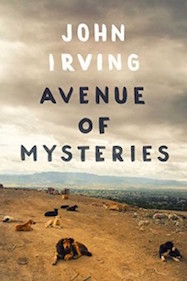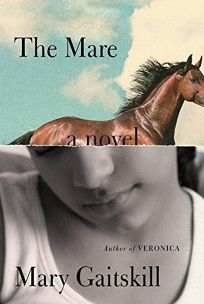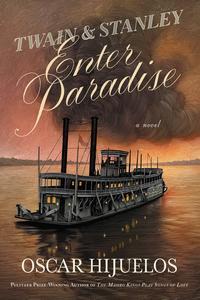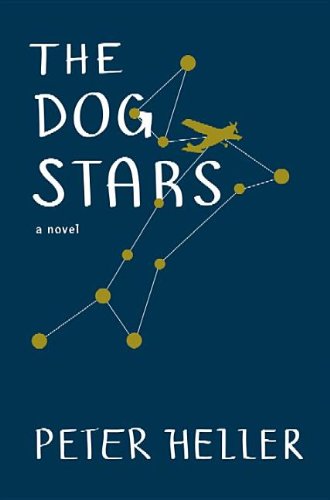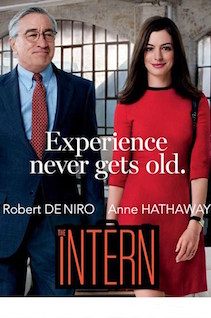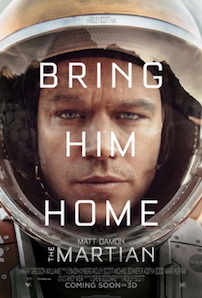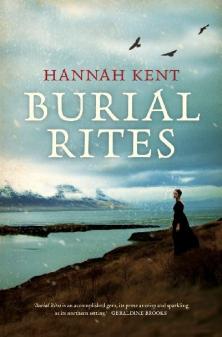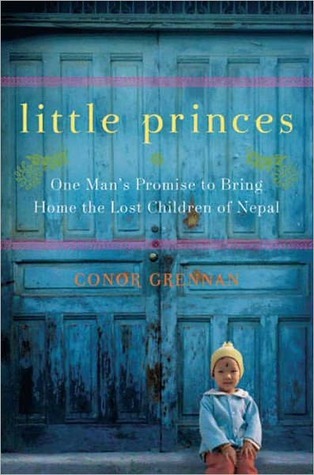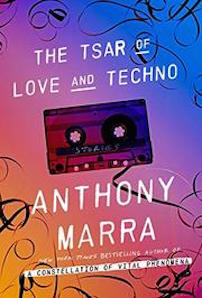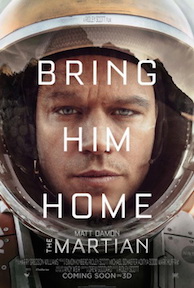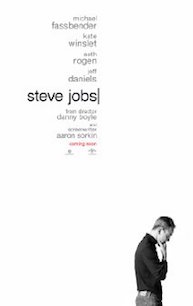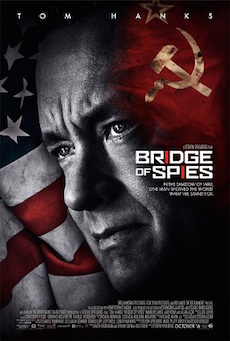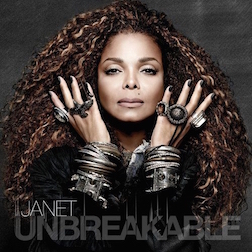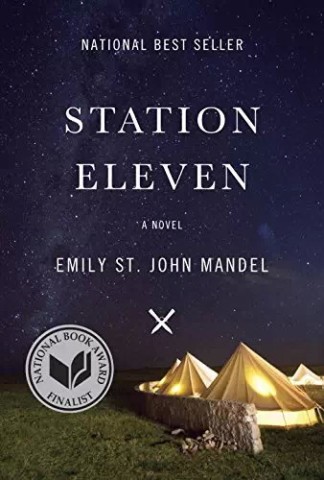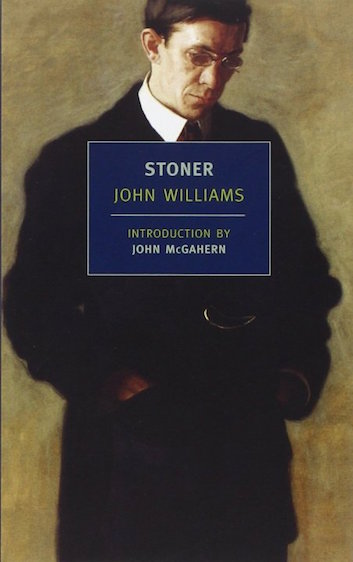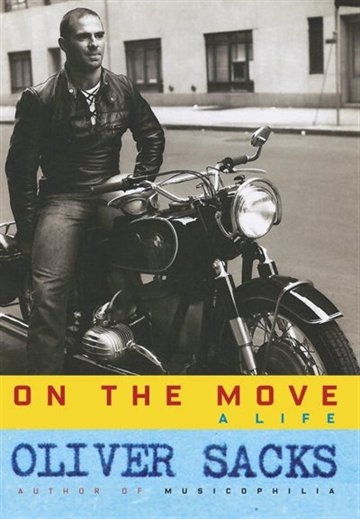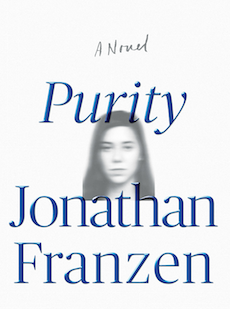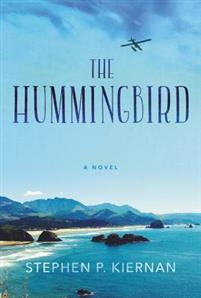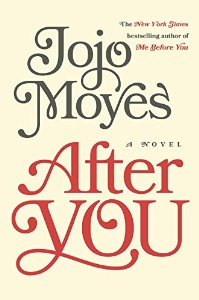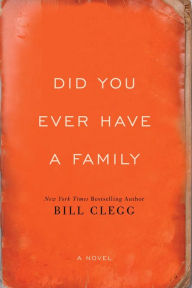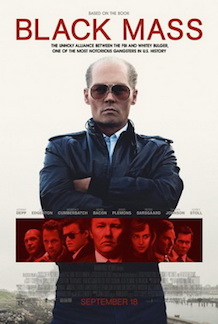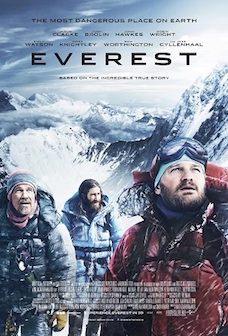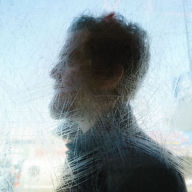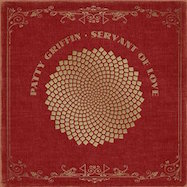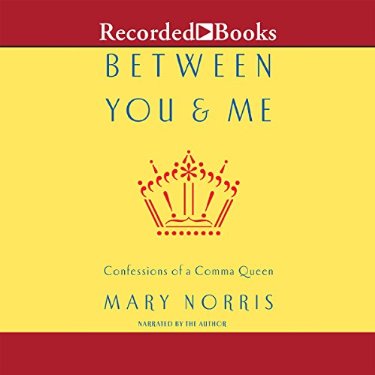I don’t recall when I first learned about the Donner Party — those ill-fated pioneers who set out from Illinois in covered wagons for California in 1846, only to become snowbound in the Sierra Nevada Mountains without adequate provisions. It could have been in junior high history class, or I could have read about the group on my own. Perhaps the Donners were a prerequisite for growing up in California. You didn’t exactly know where you learned about them, you just sort of knew. And theirs was a story you didn’t really forget.
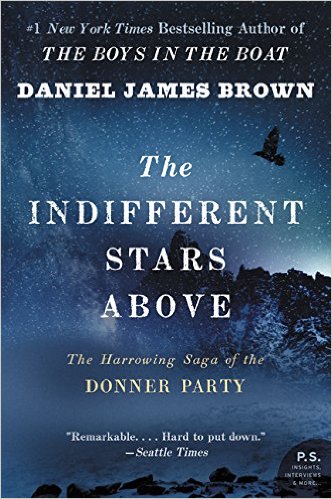
Over the decades, so many books have been written about the Donner Party, both nonfiction and fiction alike — it’s definitely been the Titanic of pioneer stories. Quite a few years ago, I read James D. Houston’s novel “Snow Mountain Passage,” which enlivened aspects of the Donners’ story for me but perhaps didn’t give me the complete picture. Thus, when I was recently offered an opportunity to review Daniel James Brown’s nonfiction book “The Indifferent Stars Above: The Harrowing Saga of the Donner Party,” I pretty much jumped at the chance.
For one thing, I’ve always been keen on reading about epic, real-life survival tales. Thanks to books, I’ve been to the Antarctic with Shackleton a number of times; ditto the South Pole with Roald Amundsen and Robert Falcon Scott; I’ve been on the Titanic trying to figure out exactly what happened and when; I’ve been “Into the Wild” and “Into Thin Air”; and somewhere in my stack of books to read, I’m going to go underground with the 33 Chilean miners. So it wasn’t a stretch that I would also want to climb aboard the most infamous pioneers’ wagon train to figure out exactly what went so horribly wrong. Sure they were to cross sixteen hundred miles through rough foreign territory with old weapons and equipment to move to a place they’d only recently heard about, but they were among a large wagon train and they were well stocked for the five or six month journey. Everything seemed to be going according to plan, or was it?
The book “The Indifferent Stars Above” also appealed to me because like many others, I didn’t realize that Daniel James Brown — the same author of the bestselling “The Boys in the Boat” — had written about the Donner Party before the boat book. Perhaps who better to reawaken the Donners’ daunting journey. Renown for his narrative nonfiction style, I figured Brown would be a perfect match for capturing what the pioneers went through in a well-researched, page-turning way, and as I assumed, the book did not disappoint.

I was lured into “The Indifferent Stars Above” pretty much from the start. The book focuses on the Graves family, particularly Sarah Graves, the 21-year-old, eldest daughter of Elizabeth and Franklin Graves whose eight other young children were traveling with them as well. Sarah, pictured at left, had just become married when they had set off on their journey and she had her new husband by her side. By all accounts, Sarah and the Graves family were in high spirits as they stopped in Missouri for supplies and joined a much larger wagon train headed west, led by the Donner and Reed parties.
It wasn’t long before I latched on to Sarah’s wagon as the book traces the journey with her family and others across the Plains, through the Nevada desert, and into the mountains. Like her parents, Sarah seemed well liked and hardy, devoted to helping her younger siblings along the way. On the whole, I was pretty amazed by all the young children and babies the pioneers were traveling with on foot and in their wagons. Good grief, the parents didn’t seem to think twice about moving their young brood so far from home despite the harsh conditions.
“The Indifferent Stars Above” does well in giving significant insight into the social and historical context of the times. It talks about the illnesses of the day, the threat they feared from Indians, how war in California was going on with Mexico, and how the pioneers lived without much in the way of toothbrushes (they hadn’t been invented yet), baths, or laundry, while battling such pests as lice, bedbugs, and fleas. The pioneers seemed a much tougher group than we are today, and I wouldn’t have worried about them so much if I hadn’t already known of their journey’s tragic outcome.
But as the book explores, multiple factors doomed the Donner wagon train. They took an untested route and arrived at the Sierra Nevada Mountains exhausted and too late in the season. Like “Into Thin Air,” they were too late to their destination, and a blizzard had already begun to blow. Oh how I wish in my reading, I could have changed their outcome! Their story was like a darkening vortex that I knew I’d have to go through. Sarah Graves and her family became stuck with the other families, snowbound and hungry, at the base of a mountain lake, well below the pass they needed to get over to get into California. Most of them tried to survive by staying in make-shift cabins at the lake, while others went for help. But eventually only half of the 87 pioneers in their wagon train would survive.
Sarah Graves was one of 15 snowshoers who scaled the snowy pass to go for help. They were trying to get to an outpost across the mountains that was more than 60 miles away, but they didn’t even have a compass. (I’m reminded a bit of Shackleton’s epic escape in the Antarctic some 70 years later.) “The Indifferent Stars Above” details the snowshoers’ harrowing journey through blizzard conditions as well as those who stayed behind at the lake camp, snowbound for four months. The story includes some of the worst suffering from starvation and hypothermia that I’ve ever read. It’s heart-wrenching agony, and yet all I could do was read on and hope the snow would abate for once and that those who went for help would make it through.
It’s a survival tale that’s undoubtedly hair-raising, and Brown’s narrative of it is quite riveting. I felt like I was on the mountain, trying the best I could to help them escape. Along the way, the book also includes some insightful scientific research from today about hypothermia, snow blindness, and caloric intake and what the pioneers likely faced both physically and psychologically. It also talks about the high snow levels from the winter of 1846-1847, a winter that was also unkind to the men of British explorer Sir John Franklin’s expedition who were attempting to find a Northwest Passage.
Much has been written about the Donner Party and the cannibalism that a number of the pioneers resorted to for survival after others had passed away. In history books, the group is often seen not as heroic but as a group to be disdained or shunned completely. Not many want to think about the Donner Party for that reason. While Brown’s book “The Indifferent Stars Above” doesn’t ignore their cannibalism, it attempts to focus the saga more on it as a survival story since half of the pioneers got out alive. The book does include quite a bit of the gory details, and a few times, I felt like I was going to be sick. You definitely get the full picture of their struggles, along with the cannibalism, and yet Brown’s narrative gives the pioneers such as Sarah Graves a humanity perhaps they aren’t often credited with.
I have to praise the author and his book “The Indifferent Stars Above” for opening my eyes a bit and not demonizing the families who were there. Sarah Graves seemed an ordinary girl for her times, and yet was able to pull off an extraordinary feat, one that others died trying. You’ll want to stick around at the end to hear what became of her life in California and others long after that gruesome winter in 1846-47.

Thanks to Trish Collins at TLC Book Tours and William Morrow Paperbacks for providing me with a copy of the book to review.
What about you — have you read about the Donner Party before — or are you interested in “The Indifferent Stars Above”?


